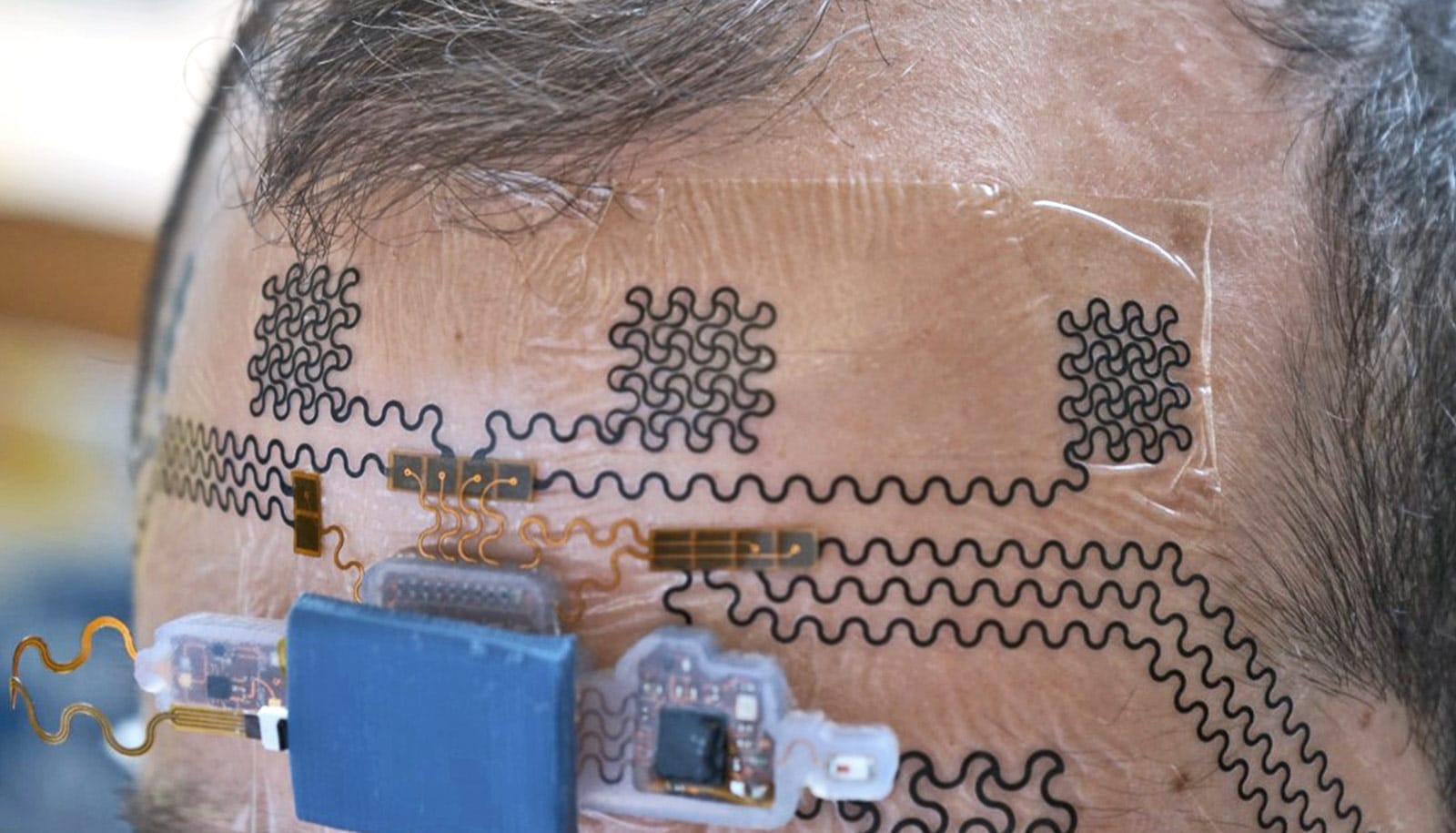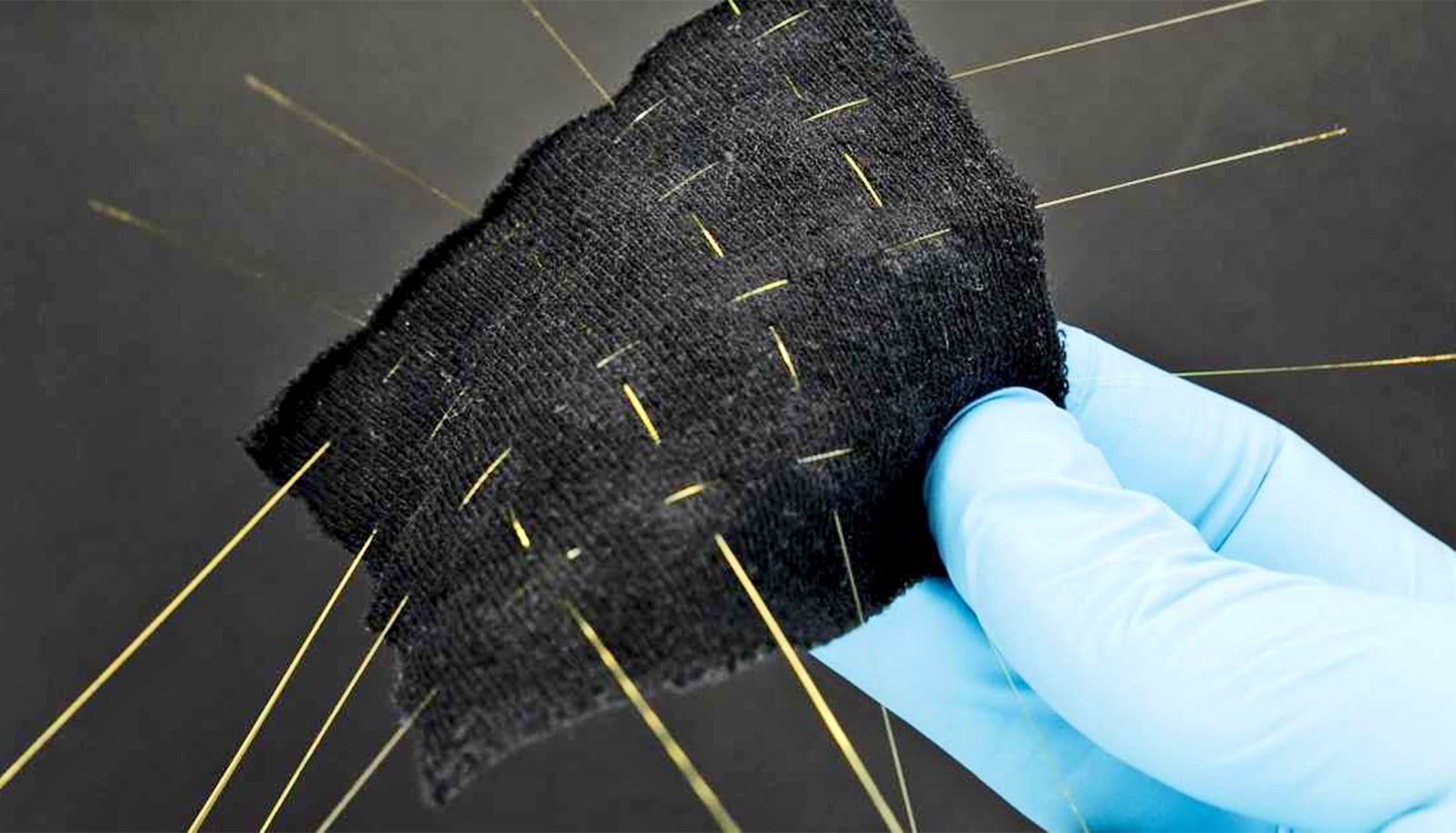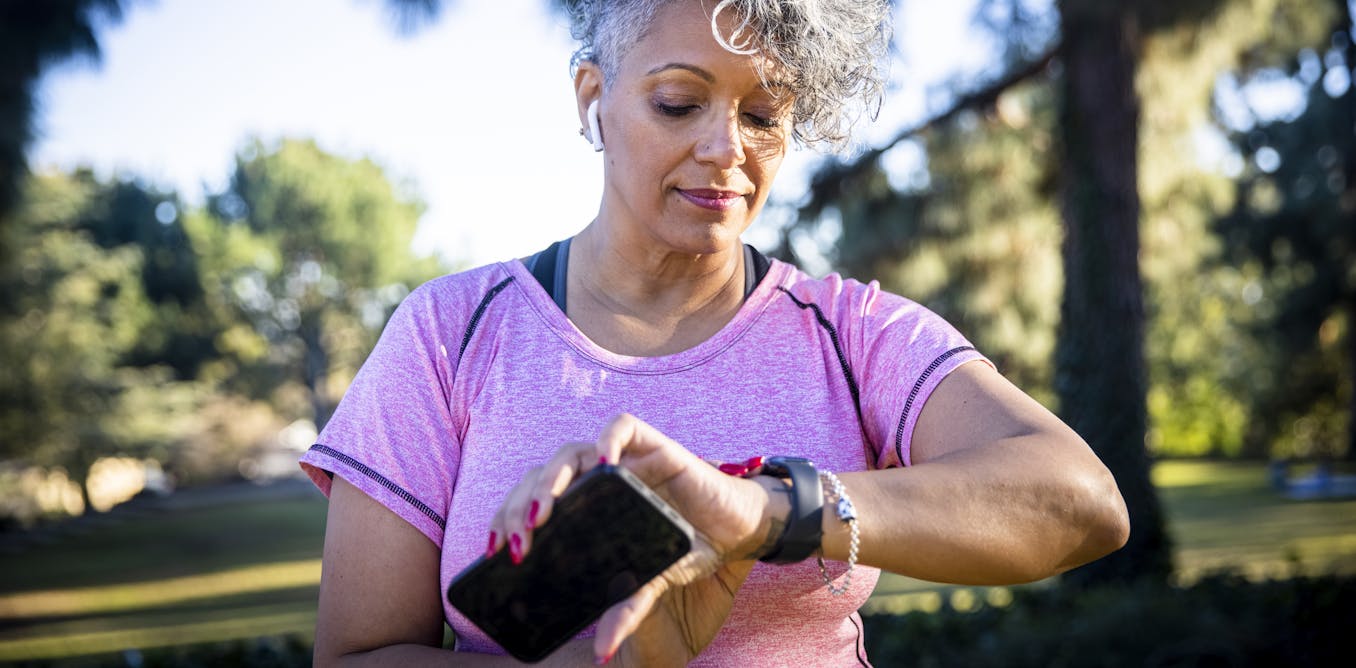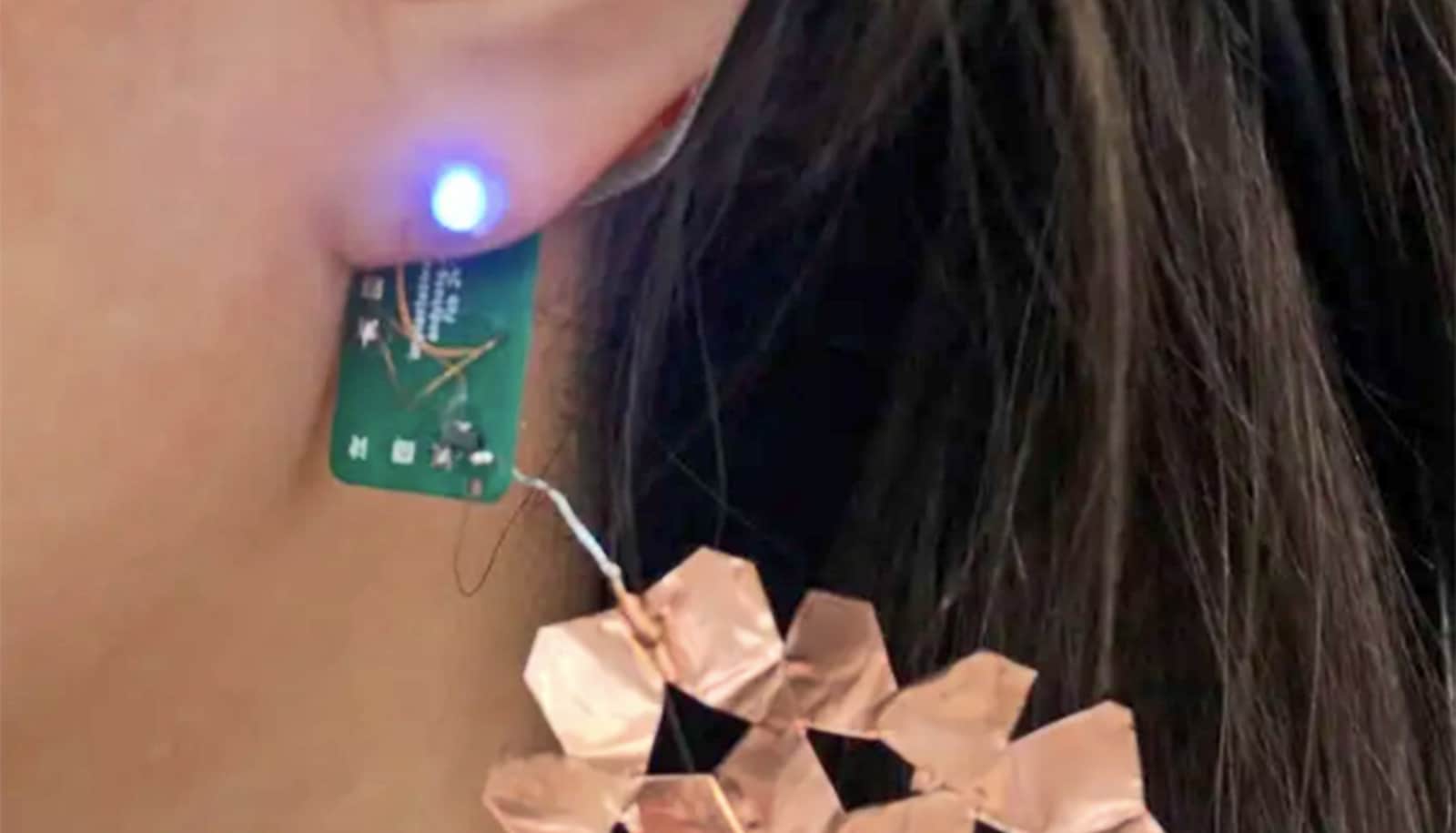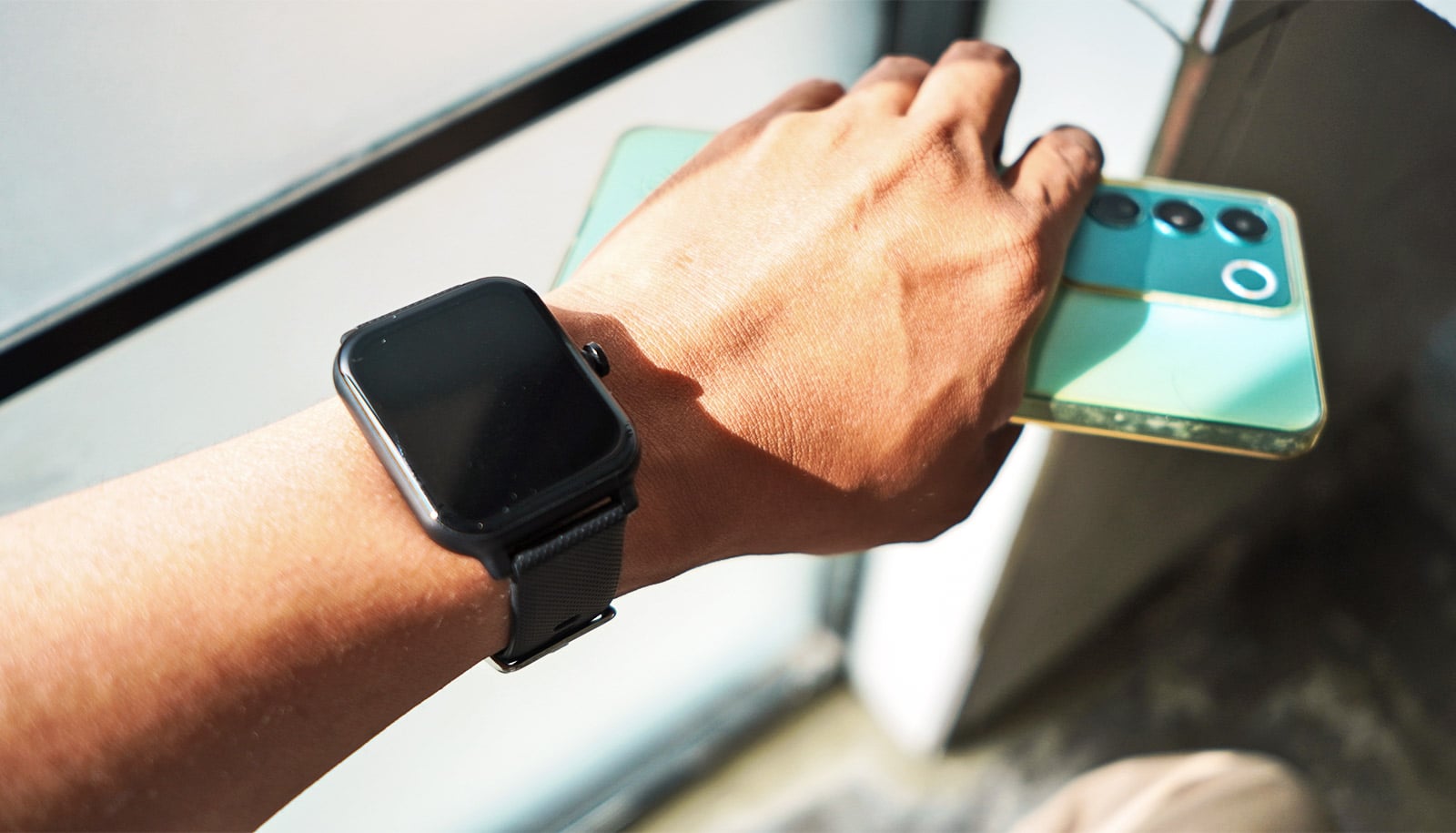Fill-in-the-blank training primes AI to interpret health data from smartwatches and fitness trackers
AI can process data from wearable devices to better monitor your health and detect problems sooner. The trick is teaching AI algorithms how to cut through the noise.
Eloy Geenjaar, Ph.D. Student in Electrical Engineering & Computer Engineering, Georgia Institute of Technology •
conversation
April 10, 2025 • ~9 min
April 10, 2025 • ~9 min
The human body, its movement, and music
Connected by MIT’s Human Insight Collaborative, Lecturer Mi-Eun Kim and Research Scientist Praneeth Namburi want to develop an understanding of musical expression and skill development.
Benjamin Daniel | School of Humanities, Arts, and Social Sciences •
mit
April 7, 2025 • ~7 min
April 7, 2025 • ~7 min
Sofas that self-assemble when you heat them up? How 4D printing could transform manufacturing
This unsung research area involves 3D-printing smart materials that can change shape when they come into contact with stimuli like heat or light.
Mahdi Bodaghi, Associate Professor of Smart Materials & Manufacturing, Nottingham Trent University
• conversation
Feb. 12, 2025 • ~8 min
Feb. 12, 2025 • ~8 min
Skin phantoms help researchers improve wearable devices without people wearing them
Just 2 layers of materials commonly used in biomedical labs can mimic the electrical properties of human skin.
Krittika Goyal, Assistant Professor of Manufacturing and Mechanical Engineering Technology, Rochester Institute of Technology •
conversation
Jan. 29, 2025 • ~7 min
Jan. 29, 2025 • ~7 min
/
16

